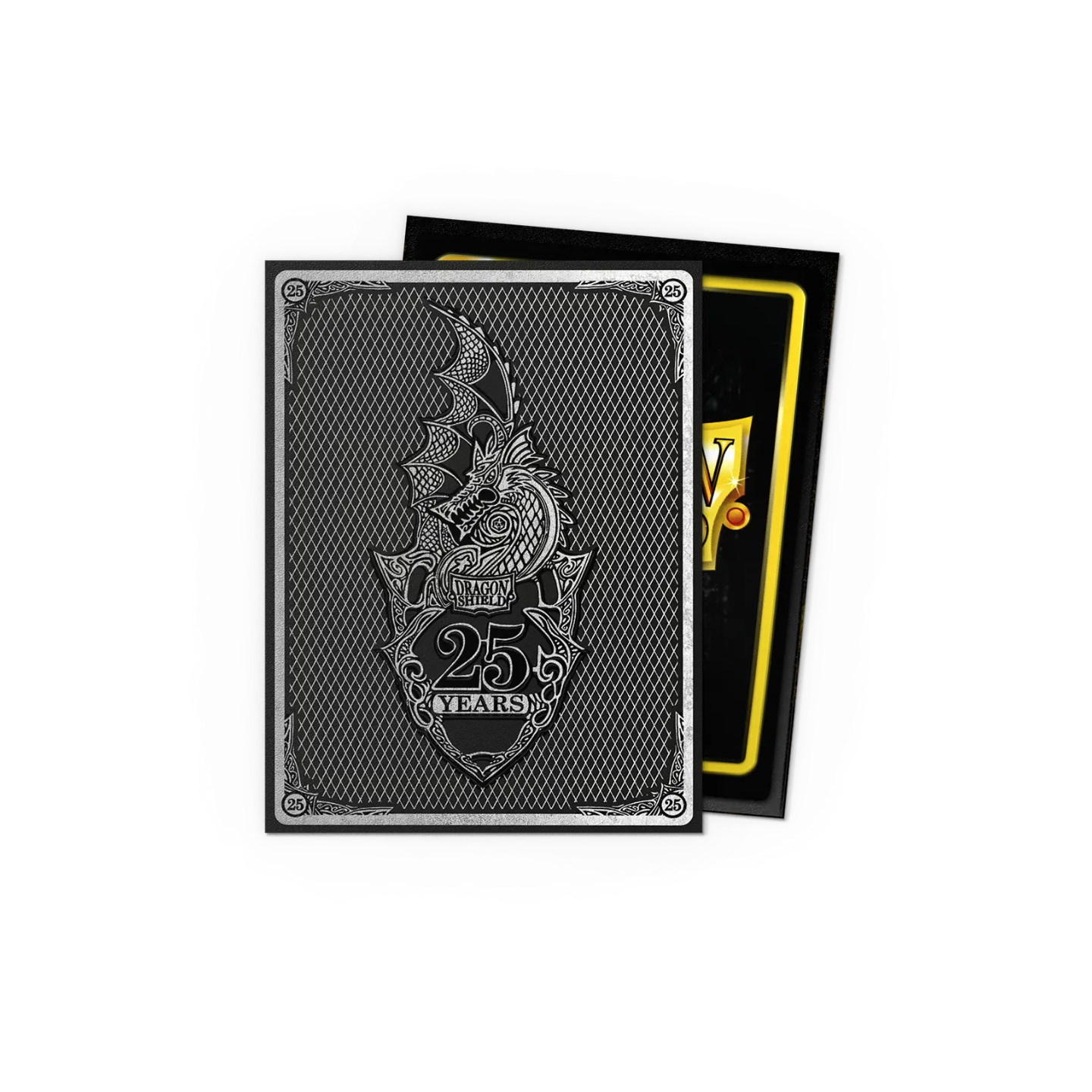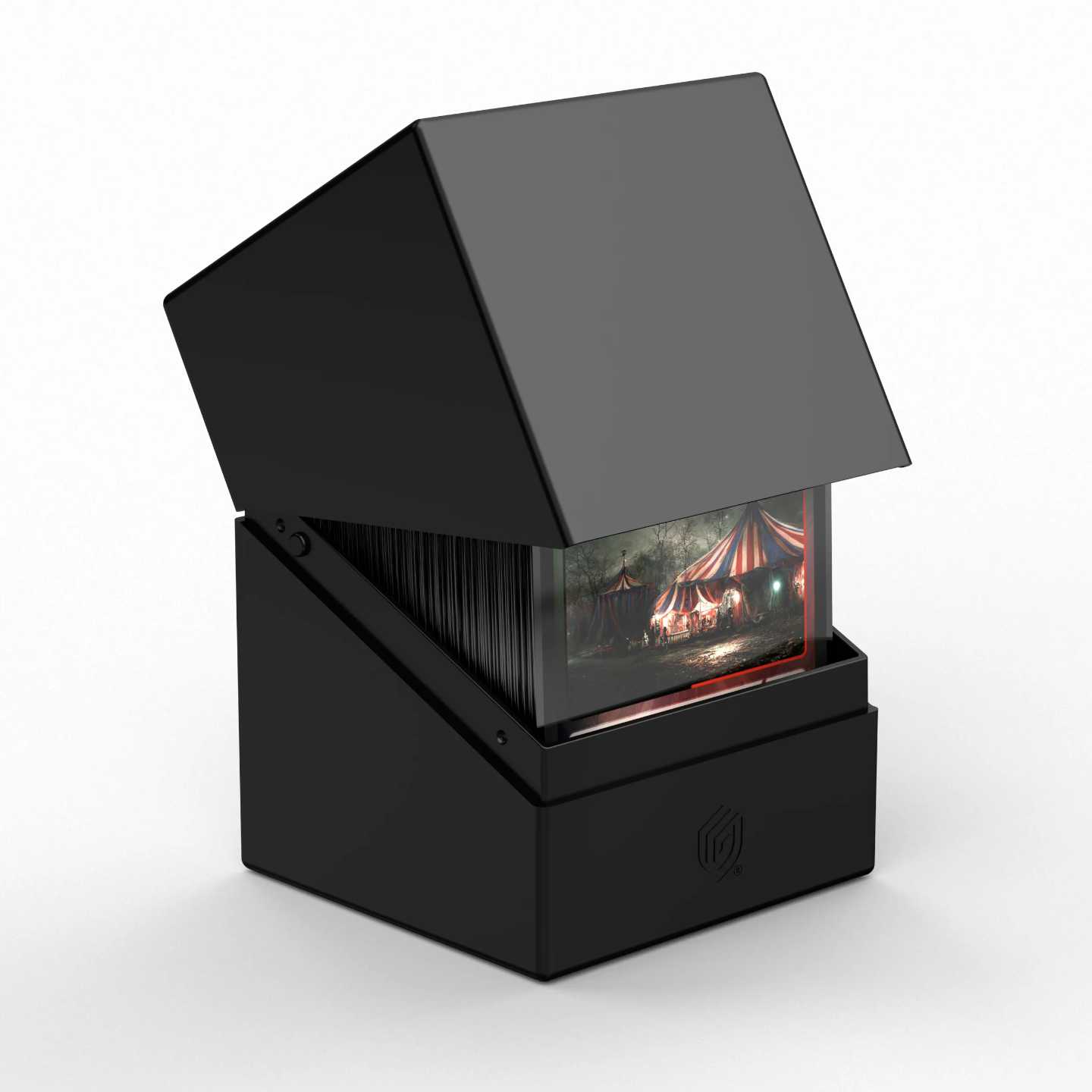Overview:
This Sultai graveyard deck leverages Teval, the Balanced Scale as a central engine for mill, land recursion, and token generation. The primary strategy involves self-milling to fill the graveyard with lands, creatures, and spells, then exploiting recursive effects (via cards like Muldrotha, the Gravetide, Conduit of Worlds, and Kotis, Sibsig Champion) to generate overwhelming value. Threats are deployed through reanimation (Living Death, Victimize), casting from the graveyard, and landfall triggers. Teval enables the core game plan by accelerating land drops and creating zombie tokens whenever cards leave the graveyard, making it essential but vulnerable to removal. "Hidden commanders" like The Gitrog Monster and Muldrotha, the Gravetide significantly amplify the strategy.
Primer:
Core Strategy Execution:
- Early Setup (Turns 1-4): Mill aggressively using Stitcher's Supplier, Hedron Crab, Skull Prophet, or Teval's attack trigger. Prioritize ramping with Sakura-Tribe Elder, Cultivate, or Springbloom Druid to ensure land drops. Use Grisly Salvage/Satyr Wayfinder to selectively fill the graveyard while developing board presence.
- Graveyard Engine Activation (Turns 4-6): Cast Teval or a value engine like The Gitrog Monster/Muldrotha. Recur lands with Life from the Loam, Shigeki, Jukai Visionary, or Teval. Leverage Conduit of Worlds or Kotis, Sibsig Champion to cast key permanents from the graveyard. Generate tokens via Teval, Insidious Roots, or Sidisi, Brood Tyrant.
- Win Condition Execution (Turns 6-8):
- Combat/Tokens: Overrun with zombie/plant tokens boosted by Lord of Extinction, Avenger of Zendikar, or Jarad, Golgari Lich Lord sacrifice triggers. Use Wonder for evasion.
- Reanimation Swings: Resolve Living Death, Afterlife from the Loam, or Necromantic Selection to steal opponents' creatures or recur massive threats like Colossal Grave-Reaver.
- Landfall/Recursion Burn: Ob Nixilis, the Fallen combined with land recursion deals significant damage. Jarad sacrifices large creatures (e.g., Multani, Yavimaya's Avatar) for lethal life loss.
Mulligan Priorities:
- Keep hands with 2-3 lands (including at least one green source), early mill/ramp (e.g., Stitcher's Supplier, Sakura-Tribe Elder), and a graveyard enabler (e.g., Life from the Loam, Grapple with the Past).
- Prioritize hands containing Teval, a land recursion piece, or a key engine like The Gitrog Monster.
- Avoid hands lacking self-mill, ramp, or graveyard payoffs.
Key Tips:
- Sequence Mill Carefully: Time mill spells to maximize Insidious Roots/Crawling Sensation triggers. Avoid over-milling critical recursion pieces before establishing engines.
- Protect Engines: Use Phyrexian Reclamation/Command Beacon to safeguard Teval. Hold counters/removal for graveyard hate.
- Leverage Synergies: Yarok, the Desecrated doubles Teval's token generation and landfall triggers. Doc Aurlock reduces casting costs from graveyard/exile. River Kelpie draws off reanimation.
- Tutor Wisely: Grisly Salvage/Grapple with the Past find lands/creatures; Victimize sets up reanimation combos.
Weaknesses:
Critical
- Graveyard Hate: Rest in Peace, Leyline of the Void, or Bojuka Bog cripple the deck by exiling key resources and disabling recursion/token engines.
- Commander Reliance: Teval removal significantly slows land recursion and token generation, forcing expensive recasts.
Moderate
- Board Wipes: Mass removal (e.g., Farewell) disrupts token armies and key creatures, though recursion provides some recovery.
- Stax Effects: Torpor Orb nullifies ETB triggers (e.g., Avenger, Noxious Gearhulk). Rule of Law limits graveyard casting.
- Land Destruction: Nonbasic land hate (e.g., Blood Moon) can disrupt mana fixing and utility lands like Crypt of Agadeem.
Minor
- Slow Setup: Early taplands (e.g., Opulent Palace) and reliance on incremental mill can delay explosive turns.
- Limited Stack Interaction: Few counterspells leave combo decks relatively unchecked.
Most Important Cards:
- Teval, the Balanced Scale (Commander: Mill, land recursion, token generation)
- Life from the Loam (Graveyard land recursion, enables dredge)
- The Gitrog Monster (Landfall draw, extra land drops, grave synergy)
- Conduit of Worlds (Cast permanents/lands from graveyard)
- Living Death (Mass reanimation/reset)
- Muldrotha, the Gravetide (Recast permanents from graveyard)
- Insidious Roots (Token generation and mana dorks)
- Lord of Extinction (Massive threat/scales with graveyards)
- Jarad, Golgari Lich Lord (Sacrifice outlet for lethal damage)
- Afterlife from the Loam (Steal opponents' creatures from graveyards)
Attribute Ratings:
Speed: 6/10
- Capable of T7-8 wins via reanimation swings or token overruns, but requires setup turns for milling and engine assembly. Fast mana is minimal.
Resilience: 5/10
- Strong recursion (e.g., Phyrexian Reclamation, Timeless Witness) and redundancy in graveyard engines aid recovery, but critical vulnerability to grave hate and commander reliance limit overall durability.
Consistency: 7/10
- High density of self-mill, land recursion, and graveyard tutors (e.g., Grapple with the Past) ensure reliable access to key pieces, though some win conditions are singular.
Interaction: 6/10
- Efficient targeted removal (e.g., Putrefy, Tear Asunder, Lethal Scheme) handles threats, but lacks counterspells and struggles against non-creature permanents like enchantment-based grave hate.
Rating Justification:
This deck demonstrates focused synergy and consistent T7-8 win potential through graveyard recursion and token/combat strategies, aligning with the "Focused" tier (6.0). However, its critical weakness to graveyard hate and reliance on Teval reduce resilience, preventing higher optimization.
Power level: 6.0 - 6.5
Enhance Your Gameplay
With premium accessories trusted by MTG players

Premium protection with industry-leading durability and shuffle feel


